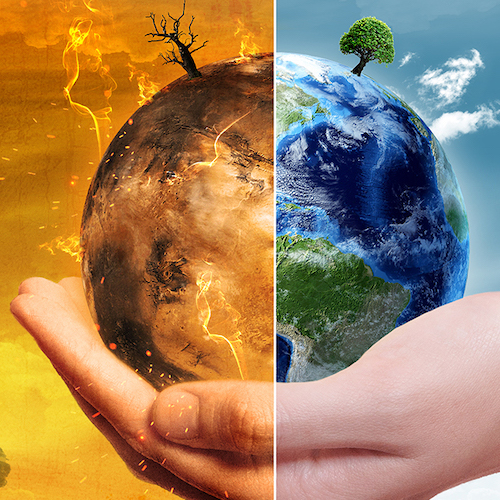The Earth Planet
A rocky
planet, also known as a terrestrial planet, terrestrial planet, or solid
planet, is a planet composed primarily of silicates. Rocky planets are
substantially different from gaseous planets, which have a secondary or
nonexistent solid surface and are composed primarily of gases such as hydrogen,
helium, and water, in various states of aggregation. All terrestrial planets
have roughly the same structure: a metallic, mostly iron core and a surrounding
silicate mantle. The Moon has a similar composition, except for its iron core.
Terrestrial planets have canyons, craters, mountains, and volcanoes. They also
have secondary atmospheres, derived from their internal geological processes,
unlike the gas giants, which have primary atmospheres captured directly from
the original solar nebula.







